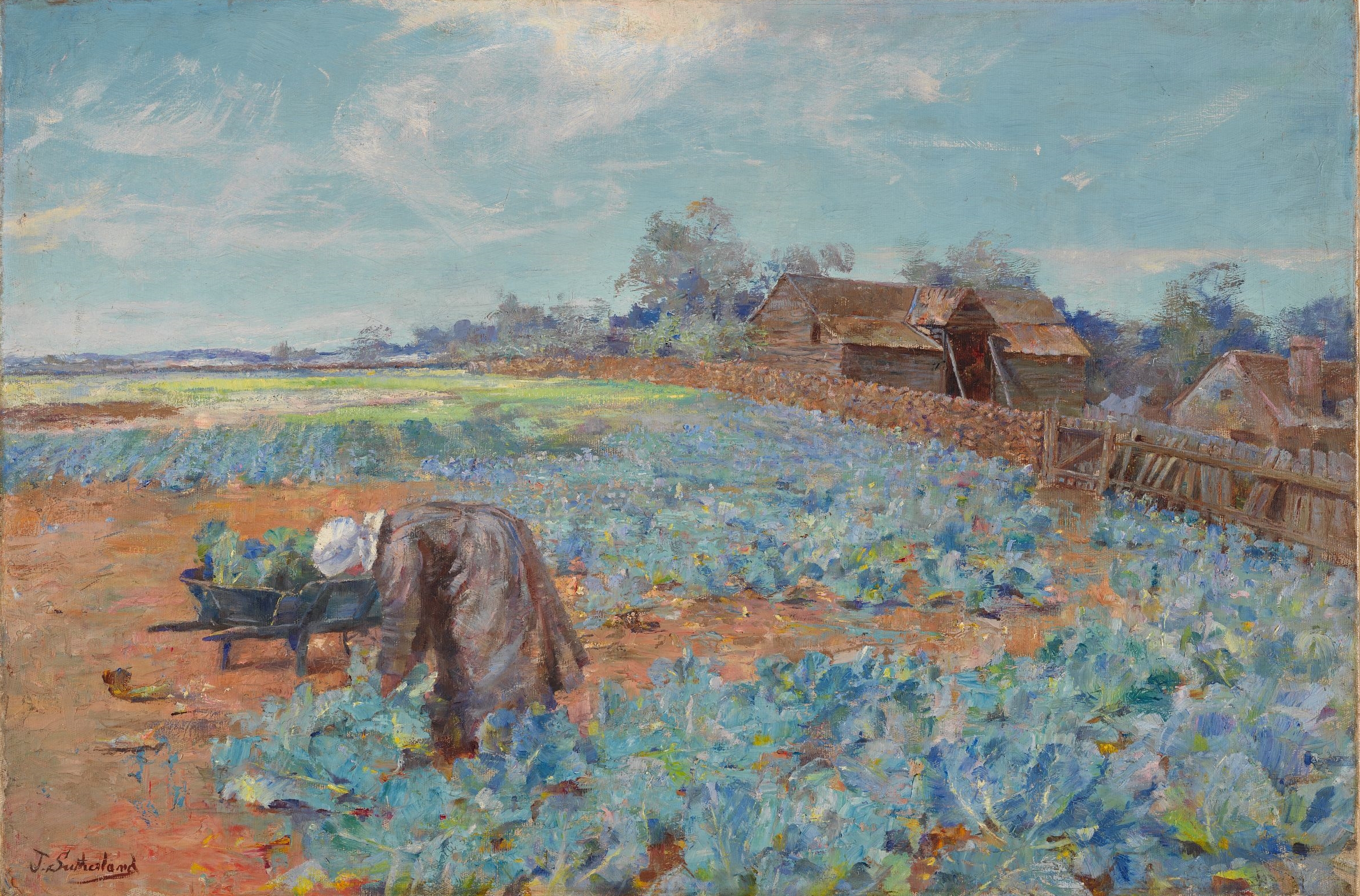Gaetano Esposito (1858-1911) was an Italian painter born in Salerno.
He first studied under Gaetano D'Agostino, but later enrolled at the Royal Institute of Fine Arts of Naples, where he studied under Filippo Palizzi, Domenico Morelli and Stanislao Lista.
In these studies, he was funded by a stipend from the government of Salerno.
He was influenced by Antonio Mancini, a lifelong supporter, especially in his genre depictions of the activities of the lower classes of Naples.







.jpg)
